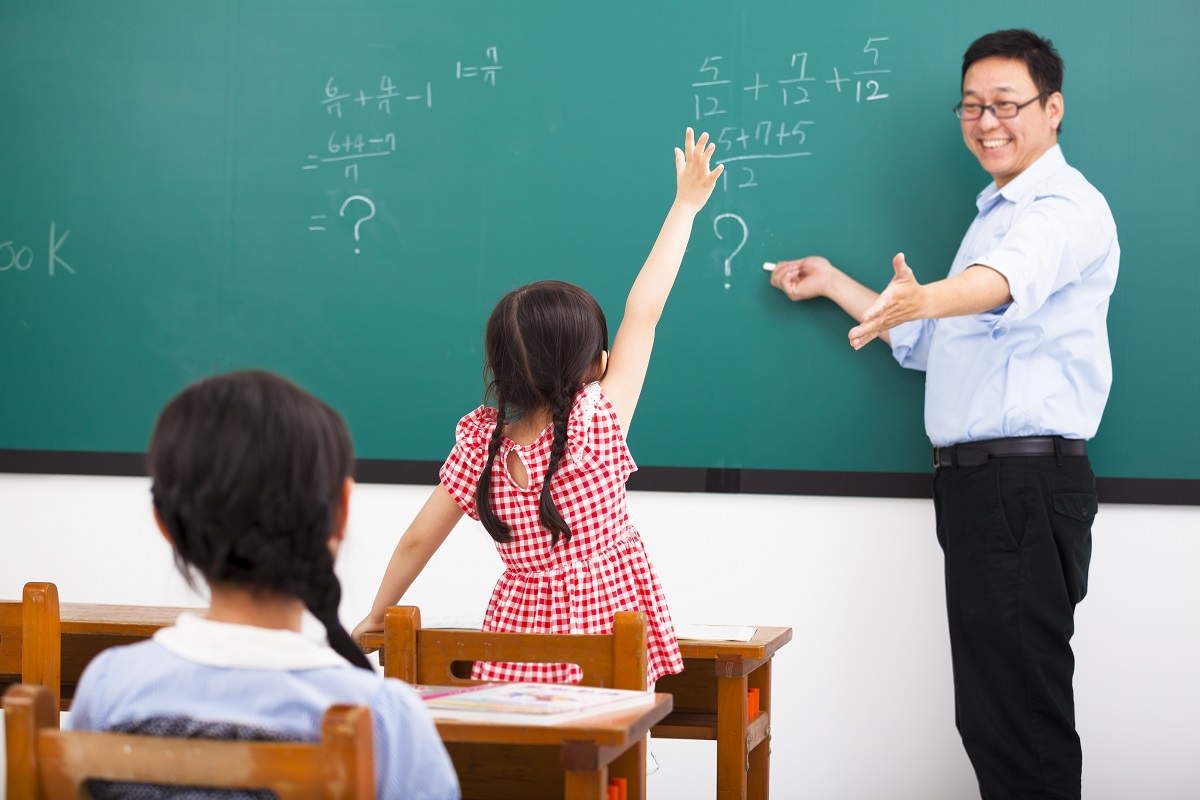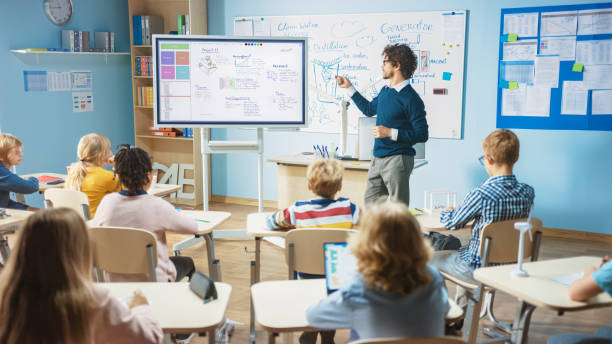Enroll in Primary Science Tuition Singapore for a Strong Science Foundation
Enroll in Primary Science Tuition Singapore for a Strong Science Foundation
Blog Article
Checking Out the Different Training Methods in Primary Science Education Today
Inquiry-based learning, hands-on experiments, and the assimilation of innovation are redefining just how teachers involve young minds. Furthermore, collective strategies and distinguished guideline are being utilized to cater to the varied demands of pupils, improving both interaction and understanding.
Inquiry-Based Knowing
Inquiry-Based Understanding (IBL) is a pedagogical strategy that encourages pupils to explore scientific principles with questioning, investigation, and hands-on experimentation. This technique emphasizes the function of pupils as energetic participants in their knowing, advertising crucial reasoning and analytic skills. By engaging with real-world concerns, pupils become determined and curious, which improves their understanding of scientific concepts.
In IBL, instructors function as facilitators, assisting pupils as they navigate their queries rather than supplying information directly. This student-centered strategy allows for distinction, accommodating numerous finding out speeds and designs. Pupils establish skills in developing hypotheses, designing experiments, and examining data, which are vital for scientific proficiency.
Additionally, IBL fosters cooperation amongst trainees, urging them to share ideas and findings. This collective questions promotes social skills and a sense of area within the class. The procedure of questions motivates resilience, as pupils learn to welcome failing as a stepping rock towards understanding.
Hands-On Experiments
Hands-on experiments are an essential component of effective scientific research education, enhancing the concepts of inquiry-based knowing. These experiments permit trainees to engage directly with scientific ideas, fostering a deeper understanding via experiential understanding. By manipulating materials and observing end results, young learners can understand abstract theories in substantial means.
Such activities advertise important thinking and analytic skills, as students assume outcomes, conduct experiments, and assess outcomes. This process encourages them to ask questions, refine their understanding, and develop a clinical attitude. Furthermore, hands-on experiments can be tailored to diverse understanding styles, ensuring that all students have the opportunity to engage meaningfully with the web content.
Additionally, hands-on experiments typically encourage collaboration among peers, promoting synergy and communication skills. Operating in groups makes it possible for pupils to share ideas, go over findings, and pick up from each other, which boosts their total academic experience.
Incorporating hands-on experiments into the main science curriculum not just improves the finding out environment however also cultivates a long-lasting passion in science. By proactively taking part in their education and learning, trainees are much more most likely to establish an interest for clinical inquiry that prolongs past the class.

Innovation Integration
Incorporating modern technology into main scientific research education has actually ended up being increasingly important in cultivating trainee involvement and boosting discovering results. The usage of digital tools, such as interactive simulations, virtual labs, and educational software, provides pupils with opportunities to explore clinical concepts in cutting-edge means. These sources help with a much deeper understanding of complex topics by permitting learners to envision and manipulate variables that would certainly be not practical in a traditional class setting.
Moreover, technology assimilation encourages customized discovering experiences. Students can advance at their own pace, reviewing difficult his explanation concepts via multimedia resources, which satisfy important site various learning designs. This adaptability not only supports specific growth yet additionally cultivates a feeling of autonomy in learners.
In addition, technology functions as a bridge to real-world scientific research, linking pupils with present research study and expert contributions. Accessibility to scientific journals and on-line data sources broadens students' perspectives on clinical inquiry and promotes critical believing abilities.
Collaborative Learning
Joint learning plays an important role in main science education by fostering synergy and communication abilities among students. This approach urges students to function with each other, share expertise, and participate in analytic, which enhances their understanding of scientific concepts. By joining group tasks, students discover to express their concepts, pay attention to varied point of views, and discuss options, every one of which are crucial skills in both academic and real-world contexts.

Study shows that collaborative understanding can lead to increased motivation and interaction in scientific research subjects, as pupils find satisfaction in shared experiences (primary science tuition Singapore). In addition, this approach prepares students for future collaborative endeavors, equipping them with the abilities needed for reliable synergy in college and specialist settings. Ultimately, welcoming collaborative learning in main science education and learning can dramatically enrich the understanding experience and promote a much deeper understanding of clinical questions
Distinguished Direction

Differentiated direction can materialize in various ways, such as varying the content, procedures, or products of knowing. For instance, educators might utilize tiered projects that give differing degrees of complexity, allowing students to work at their particular readiness degrees. In addition, versatile grouping techniques can facilitate cooperation among pupils with different capacities, fostering peer knowing.
Evaluation plays a crucial duty in this approach, as it notifies direction and helps instructors comprehend each trainee's unique requirements. Formative assessments, such as observations and tests, can lead educators in changing their strategies to boost finding out results. primary science tuition Singapore. Eventually, by carrying out differentiated guideline in key science education and learning, educators can cultivate a more fair and reliable understanding atmosphere, empowering all students to reach their complete capacity in understanding clinical sensations
Verdict
In summary, the varied teaching methods in key scientific research education and learning, including inquiry-based knowing, hands-on experiments, modern technology integration, joint discovering, and differentiated instruction, jointly add to a much more efficient understanding atmosphere. These approaches promote important reasoning, problem-solving skills, and a deeper comprehension of scientific concepts. By applying these strategies, instructors can develop encouraging and appealing class that address the diverse demands of trainees, inevitably cultivating a lifelong passion in science and improving scholastic success.
Inquiry-Based Learning (IBL) is a pedagogical technique that motivates students to explore clinical principles with questioning, investigation, and hands-on trial and error.Collective learning plays an important duty in primary scientific research education and learning by fostering teamwork and communication skills amongst trainees.Study suggests that collective understanding can lead to increased inspiration and interaction in science topics, as students find enjoyment in common experiences.In fostering a comprehensive understanding environment, differentiated guideline arises as a vital approach to fit the varied demands and capacities of trainees in key science education and learning. Ultimately, by implementing differentiated direction in main scientific research education and learning, teachers can grow an extra fair and effective discovering setting, encouraging all pupils to reach their full possibility in recognizing clinical phenomena.
Report this page